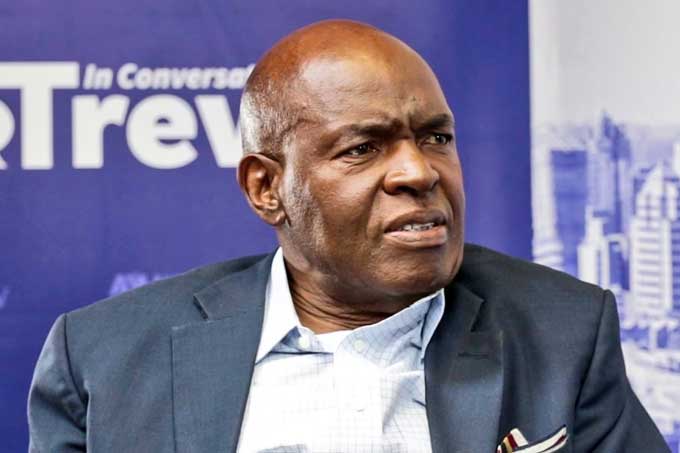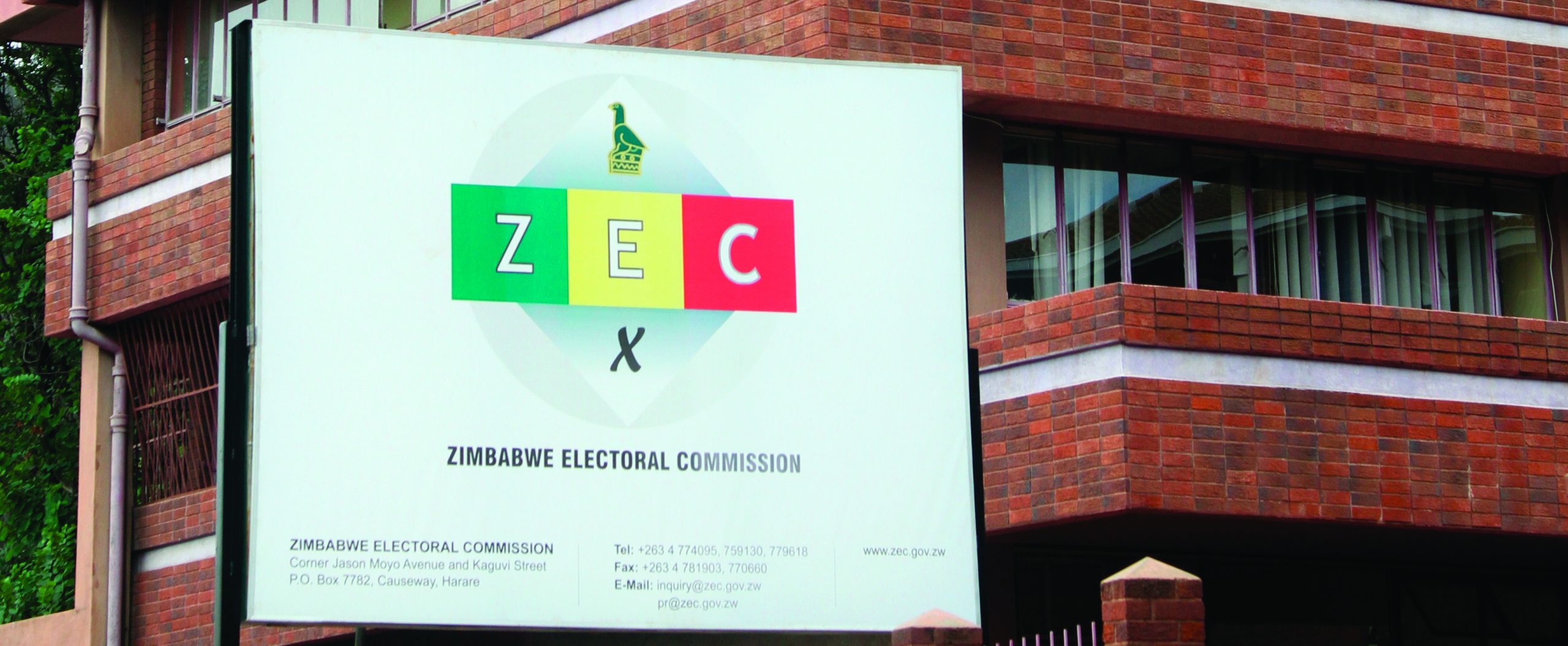
BY SHAME MAKOSHORI
Consequences of a damaged roof collapse that rattled Lafarge Cement Zimbabwe in October last year came to the fore on Friday, when financial statements revealed the incident wiped out $4 billion out of its top line.
Stunned executives swung into action after the accident, issuing a string of cautionary statements, suspending operations and ordering repairs.
Making up the equivalent of US$25 million in lost revenue, the mishap became a blow to an operation that was navigating its way out of pandemic headwinds.
Lafarge chairman Kumbirai Katsande revealed the incident became a nerve centre of write — downs during the year ended December 31, 2021.
Turnover crashed to $7,1 billion in 2021, from $11,1 billion during the comparable period in 2020.
For industries, recovery hopes had re-emerged as governments lifted pandemic induced curbs to rebuild economies, and firms like Lafarge were optimistic demand would rebound, helping them scale up volumes.
However, inspite of this heavy setback, Katsande struck an optimistic tone as he shared the results with investors, even after announcing a 21% drop in volumes, along with $694,7 million post-tax loss, a bloodbath when juxtaposed with $5 billion profit during the same period in 2020.
- Chamisa under fire over US$120K donation
- Mavhunga puts DeMbare into Chibuku quarterfinals
- Pension funds bet on Cabora Bassa oilfields
- Councils defy govt fire tender directive
Keep Reading
Lafarge maintained tight control over expenditure during the period.
Total expenses declined by 4,9%, with distribution overheads coming off 33,2% compared to the prior year.
“The company suffered a significant business interruption when the roof over both cement mills collapsed, which resulted in stoppage of cement production from the 10th of October 2021 up until mid-February 2022,” the Lafarge chairman said.
“Following the aforementioned incident, the company resorted to selling clinker, an intermediary product, for sustenance.
“This business sustenance plan meant that the overall gross margins were squeezed, resulting in a decline in gross profit margins to 49,6% compared to 60,5% in the prior year.
“The dry mortars business realised some growth despite the significant impact of the cement roof collapse, which negatively affected availability of the majority of the company’s products which are cement based,” Katsande said, as he gave investors a glimpse into how Lafarge handled to Covid-19 crisis.
“The combination of the Covid-19 induced slowdown and the roof collapse resulted in volumes declining for the year by 21% from the prior year.
“The operating environment for the financial year under review continued to be affected by Covid-19, with lockdown restrictions in place throughout the period.”
He added: “The second half, however, saw a gradual improvement in business activity owing to the phased re-opening of the economy, albeit under strict public health protocols, as Covid-19 lock down conditions were relaxed.
“In spite of the company operating during these lockdowns, as its operations were designated as “essential services’’, the lockdown measures negatively impacted business through general business slowdown and reduced disposable incomes for consumers.”
Pandemic fears have generally been fizzling out, and countries have been freeing economies.
Yet like industrialists worldwide, Katsande threw further caution over bloody confrontations in Eastern Europe, which are said by almost all ZSE-listed firms to be exerting fresh pressures on already unsettled producers.
Supply chains have been further crippled, and apart from logistical headaches, global cutbacks in key commodities have spark off a price surge.
“During the first quarter of 2022, human tragedy unfolded across eastern Europe,” he said.
“This may introduce uncertainties in the short-term horizon should the hostilities persist.
“Disruptions in supply chains coupled with sanctions on Russian fuel could see global increases in energy costs and potential shortages of raw materials.
“There was however a noted increase in commodity prices due to the war, which could be beneficial to the wider economy’s exports.
“The company is optimistic about the opportunities in the infrastructure sector as the government continues with its strategy for infrastructure development.
“However, the global economic trends due to the war in Ukraine could weigh down any meaningful growth in the country,” the Lafarge chairman added.










